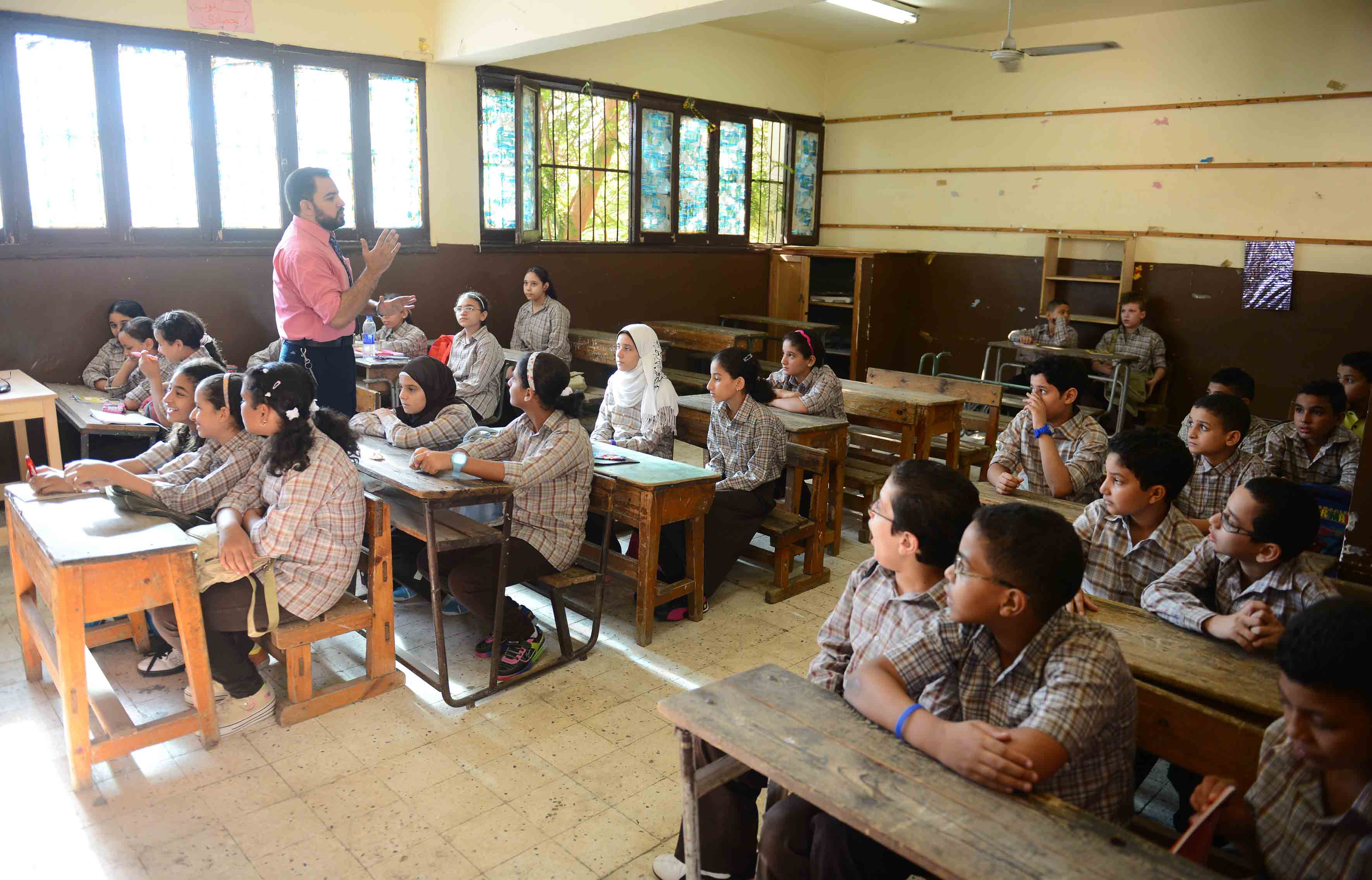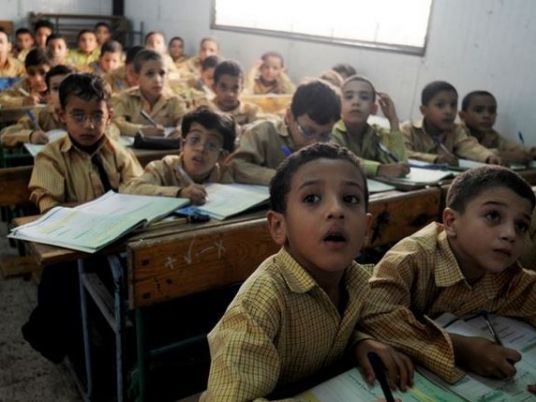Contrary to popular belief, lice and nits are not directly signs of bad hygiene or lower social class.
Sahar Mohamed, a pediatrician at an international school in Cairo, says lice are found among all social classes.
"In the past, lice were linked to the lower class because they lived in crowded houses, showered less and washed their sheets less, often allowing for more rapid infection," said Mohamed, who has a masters in pediatrics from Ain Shams University.
Mohamed says the way to avoid lice and nits (lice eggs) is to frequently check your child’s hair and comb it with a fine comb. It would also help to keep your child’s hair short to lessen the possibility of infestation.
Lice are most common in winter because people tend to shower less and brush their hair less, thus making the quick detection of nits difficult. Children interact in schools with more children, making it easier to get infected.
Lice are a type of parasite that live on human blood. Head lice are common in young school children because of the children’s close contact when they play. The lice lay their eggs in human hair. Once in the hair, the nit cannot be washed out because it sticks to the hair with a gluey substance that is not soluble in water.
So no matter how often you shower, nits will not wash out and can hatch easily.
Lice do not have wings and do not jump. They can be transferred through direct contact, such as sharing hair brushes and hair bands, as well as through stuffed animals, carpets and sheets. When lice are attached to inanimate objects, they can live up to two days without nutrition.
If bedsheets or stuffed animals are infested, leave them out in the sun as high temperatures help kill lice.
In her particular school, Mohamed says the policy to prevent lice is to check every month. If a teacher suspects that a student has anything in his or her hair, the doctor checks the whole class and then the whole grade level. A student with lice or nits must stay home for three days and repeatedly spray their hair and brush it out. On the fourth day, the doctor checks the student’s hair again.
Treatment for lice and nits can be done by using a lice shampoo for three days in a row. Each time the hair is wet, one should put a white sheet under the hair and brush it out using a tight bristled comb. The nits will fall out on the sheet. The sheet must then be washed in very hot water and the area cleaned well. It is best to do this in a bathroom where there isn’t much upholstery to avoid infection of the area.
For really curly, long hair, a quick fix would be to straighten the hair with a hair iron, which will burn the nits so they don't hatch. The straight hair is then easier to clean out using the same methods mentioned above.
It is difficult to find actual lice. They are small parasites the size of strawberry seeds and are usually found behind the ears or along the neckline. Nits are small buds that can be confused with dandruff. The difference is that nits cannot be brushed out easily. You can search the hair when you’re standing in the sun. Another indicator is if there is intense itching, which is caused by an allergic reaction to lice saliva.
"One of the worst cases of lice I have seen was in El Demerdash hospital, where a little girl had anemia but they could not find the cause," Mohamed said.
Apparently one of the doctors checked the girl’s hair and found it heavily infested. They shaved the girl’s head, treated the mother as well and the girl quickly recovered from anemia because the lice was not feeding on her blood anymore.
When a mother is told her child has lice, there is no need for embarrassment. Head lice are a very common problem — second only to the common cold among communicable diseases that affect schoolchildren, according to the Mayo Clinic website.



